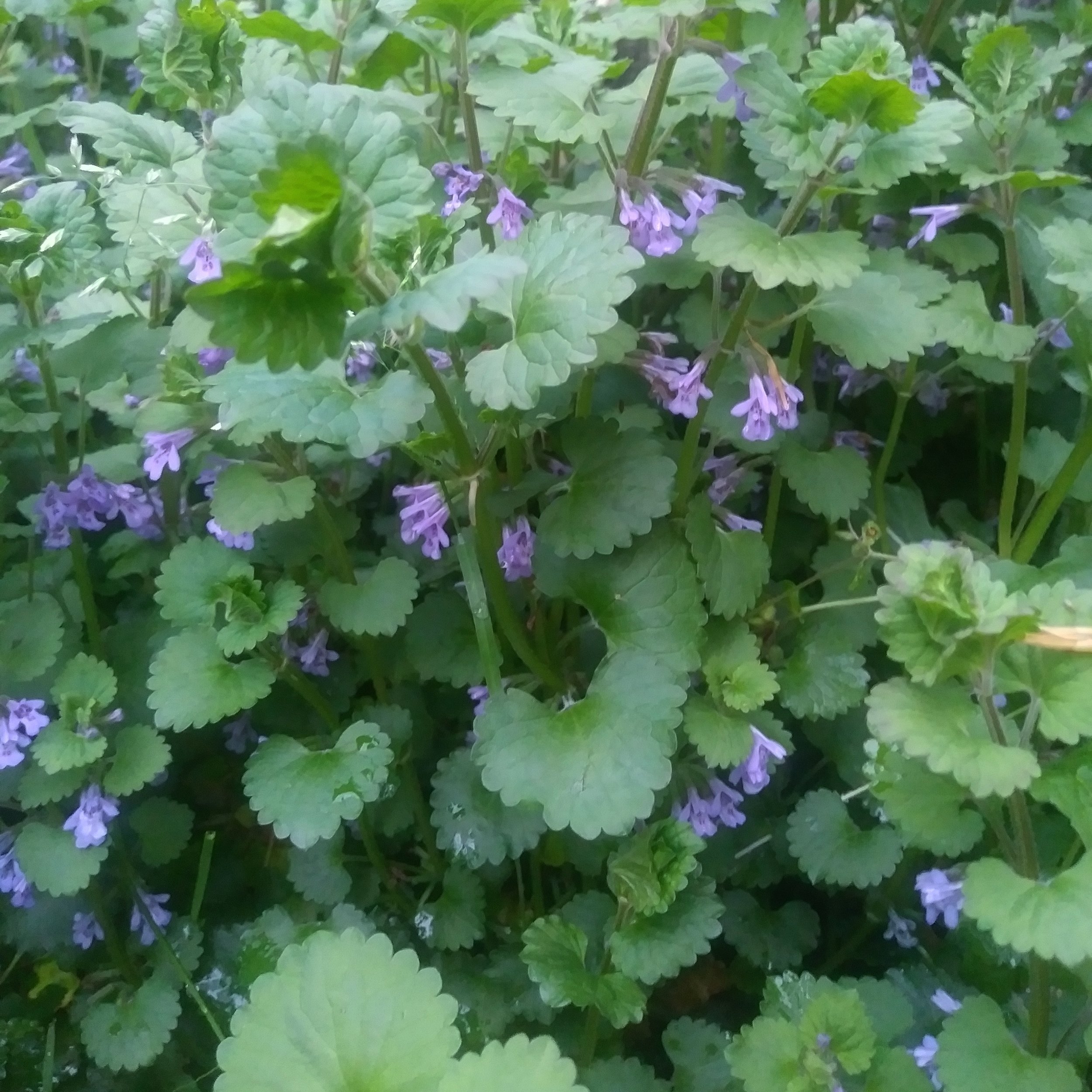“It goes by a weird plethora of alternate names, including Creeping Charlie, Gill-Over-the-Ground, Hedgemaid, Tun-hoof, Runaway Robin, Lizzy-Run-Up-the-Hedge, Catsfoot, and Alehoof. No, not kidding. And don’t ask me how half those names came to be, other than people in the British Isles got bored.”
Read moreWild Edible Wednesday 4/24 - Common Purslane
“Once you have purslane on your property, you’ve got it forever. There’s no getting rid of it, and the harder you try, the more it spreads. It’s fire-resistant, pretty indifferent to most herbicides, and pulling it only breaks the roots into fragments that turn into more plants. So the moral of the story is… if you can’t beat it, eat it!”
Read moreWild Edible Wednesday 3/20 - Chickweed
“Chickweed is one of the hardiest and most common plants on earth. Native to northern Europe, it has naturalized on every continent – even Antarctica.”
Read moreWild Edible Wednesday 1/23 - Universal Edibility Test
“Today, we’re going to cover one of the most fundamental rules of foraging plants. And really, it’s one of the most useful pieces of wilderness survival knowledge you can have, period.”
Read moreWild Edible Wednesday 1/16 - Dandelion
“The idea that dandelions are a weed is an extremely new one in human history. In America, it only began in the post-WWII years when suburbs began to plague the land.”
Read moreWild Edible Wednesday 1/9 - Leatherleaf Mahonia
“Often overlooked as a bland landscape plant or an semi-invasive shrub, this is, in fact, a valuable medicinal plant with a fascinating backstory that involves plant smuggling and China’s Opium Wars.”
Read more#WildEdibleWednesday 10/3 - Mullein
“Mullein has a whole host of great uses for bushcrafters and other outdoorsmen, as well. Its most famous and obvious non-medicinal use is as, well, toilet paper. If you’ve ever felt a mullein leaf, it’s a pretty natural idea to use them for this purpose.”
Read more#WildEdibleWednesday 9/5 - Kudzu
Although non-native and highly invasive, Kudzu has become as much a part of the South as barbecue, pecan pie, dirt track racing, and smiling and waving at random strangers.
Read more#WildEdibleWednesday 8/22 - Staghorn Sumac
Dramatic and exotic-looking with its bright red fruiting bodies, sumac is part of the Anacardiaceae family of plants that includes cashews, mangoes, and pistachios, as well as Brazilian pepper, poison ivy, and poison oak.
Read more#WildEdibleWednesday 8/15 - Heal All
Like most medicinal herbs, Heal All was cast aside by modern medicine more than a century ago in favor of synthetic pharmaceuticals. Plant medicines have been considered by most physicians and pharmacists in the past hundred years to be unreliable folk tales at best, and dangerous at worst. Even among the herbal medicine community, Heal All was marginalized to a second-tier herb in favor of more powerful and trendy plants. But modern science may be vindicating it.
Read more#WildEdibleWednesday 8/8 - Mountain Mint
The power of this herb can’t be underestimated, as is evidenced by the reverence in which native Americans and pioneers alike held it. The Choctaw considered it sacred, and swore by it as a last-ditch effort to revive the dying… and even raise the dead.
Read more#WildEdibleWednesday 7/25 - Maypop Passionflower
“Before all children everywhere became locked on iPad screens, kids in the country used to have fights with green maypops. They’re a uniform shape and easy to throw accurately, and they raise a good welt if you throw them hard. They make an awesome hand grenade if you’re nine years old and have an active imagination. (I may or may not be speaking from experience.)”
Read more#WildEdibleWednesday 6/27 - Blackberry
“Although they grow all over the world, blackberries are about as all-American as it gets. They’re a part of our culture, especially in the South. I have many fond memories of picking blackberries with friends and family, and then enjoying a cobbler fresh out of the oven with vanilla ice cream that evening.”
Read more#WildEdibleWednesday 6/20 - Bull Thistle
Most plants in the Aster family are beautiful, delicate, meadow flowers that are the kind of thing you’d pick for your lady friend or that an artist would paint a still life of. Not bull thistle. Oh, naw. It looks like it came straight out of Little Shop of Horrors, and if you don’t cut it down, it’ll break into song and try to eat Rick Moranis.
Read more#WildEdibleWednesday 6/13 - Dewberry
Some plants that we’ve covered in the past, while they’ll keep you alive and might even be highly nutritious, really just taste awful. But then there are those that are not only passable, but delicious.
Read more#WildEdibleWednesday 6/6 - Henbit Deadnettle
So named because chickens absolutely love it, it’s very closely related to Purple Deadnettle from a few months ago, and the two can be used interchangeably. Consider it a 2-for-1 deadnettle deal: If you can learn how to use one, you know how to use the other by default.
Read more#WildEdibleWednesday 5/2 - Ground Ivy
It’s the herpes of the plant world – once you’ve got it… you’ve got it. It’s nearly impossible to kill, and most conventional weed removal methods actually help it spread. But here at SARCRAFT, we have a solution: Eat it.
Read more#WildEdibleWednesday 4/18 - Red Maple
"It’s the kid on the team that isn’t great at anything, but is reliable and always around when you need him… since red maple is everywhere, it’s a tree you can rely on that will work decently well for a wide variety of uses."
Read more#WildEdibleWednesday 4/11 - Indian Strawberry
Spoiler alert: It's not really a strawberry.
Read more#WildEdibleWednesday 4/4 - Purple Dead Nettle
Although it sounds like an alt-metalcore band name (at least to me), purple dead nettle is another common “lawn weed” that you’ve probably walked by every day without knowing what it was.
Read more



















